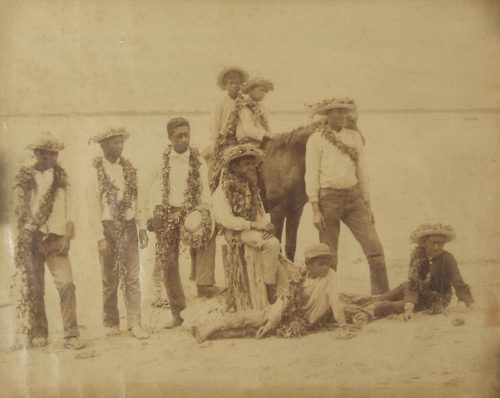Many know the cavernous mountains of Hawaii by their post-card fame. And yet, prior to their celebrity, they served a far more intimate purpose: the native tradition of cave burial.
The process of a cave burial began immediately. Firstly, there was the removal of the sacred organs and bones, which were then preserved with salt in accordance to
their spiritual significance. “After death,” reads the 1825 diary of English missionary William Ellis, “they raised the upper part of the body [and] bent the face forwards to the knees, the hands were next put under the hams” to form the fetal position. Afterwards, the body was bound with cord, “wrapped in a coarse mat,” and interred no more than a few feet deep with a few personal items.
Each island is speckled with these sacred caves, often found upon the periphery of the sea or deep in the forest. Their openings can be seen on the peaks of Ka’awaloa, Hawaii, and in particular abundance on coast of Maui.
Burying the dead was a solemn business for the Hawaiians. Aside from the emotional strain of the task, an air of seclusion and respect penetrated the burial, as they believed the deceased would retain their influence as apparitions. “We were desirous of witnessing the interment…but we were disappointed,” writes Ellis, for “it was, as most of their funerals are, performed in secret.” The caves of the Ali’i, or more privileged classes, were even more secluded; the knowledge of their location was exclusive to a designated guardian, or kahu, and was lost when he died.
“The skull rests on a pillow and white cotton cloth is wrapped around the pelvis, ribs and near the skull. Brown tapa fragments lie near the feet.” (Description of a cave by archaeologists in 1961).
Although they varied in decorative style and grandeur depending on the social status of the deceased, cave burials were a typically maka’ainana (middle-class) tradition. Family members would be gradually buried beside one another, and thus, each burial procession meant a re-entering of a sanctified domain of the deceased. It was more than a mere location for their bodies—it was a residence for their spirit.
For more information on Hawaiian cave burials and their preservation, visit:
http://archives.starbulletin.com/2004/08/26/news/story2.html
- Read our past post on Cliff Burial of Ancient China.
- Or perhaps a former post on Tibetan Sky Burials.

 Hawaiian Cave Burials
Hawaiian Cave Burials





 Composting Bodies Is Now Legal in a Dozen States
Composting Bodies Is Now Legal in a Dozen States
 “Hand to Earth” by Andy Goldsworthy
“Hand to Earth” by Andy Goldsworthy














